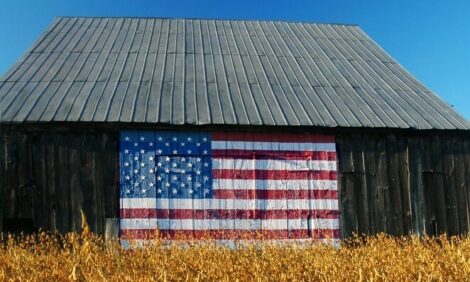



Defra's tallow interpretation means higher costs
UK - British renderers are in uproar over the banning of tallow as a fuel, which could increase rendering costs by over 325 a tonne - and these increases will inevitably impact on processors and farmers.|
NPA is active on members' behalf in Brussels & Whitehall, and with processors, supermarkets & caterers - fighting for the growth and pros-perity of the UK pig industry. |
For its part, Brussels has recognised there is a problem with the way the new waste incineration directive is being interpreted and has promised to investigate.
It is unhappy the issue has come to light so late in the day, bearing in mind the directive was adopted by the council of ministers and the European parliament five years ago.
But Defra was urged by the United Kingdom Renderers Association at the beginning of last year to take the issue to Brussels and refused, believing such an approach would be futile.
Defra's waste management division suggested those countries that continued to burn tallow as a fuel from 2006, such as Italy, France and Germany, would be in breach of European regulations.
Now that British renderers have gone public on what they consider to be a clear case of gold-plating, it is expected there will be an early resolution to the problem, particularly as the rest of Europe appears to have interpreted the waste incineration directive in a less rigorous way.
Defra has argued that under the terms of the waste incineration directive and animal by-products regulations, tallow must be incinerated as waste rather than be used as a valuable by-product for burning as fuel.
There has been considerable debate between Defra and renderers in the build up to the implementation of the waste incineration directive.
But Defra’s waste management division refused to budge, despite clear meassages from Brussels that the directive is not intended to discourage the use of "waste" as an efficient alternative energy sources.
Only three months ago the European Commission said it favoured all uses of waste that can contribute to sustainable development.
But it stopped short of giving a clear lead. It said that whether the burning of tallow as fuel was allowed depended on whether it was considered “waste“ as defined by the waste framework directive.
“In practical cases, it is the competent authorities of the member states that will assess on whether or not tallow is waste.“
Observers will be aware the United Kingdom’s interpretation of “waste“ was shown to be flawed on two occasions last year.
First, the Environment Agency wanted to brand all co-products as “waste“ – until Defra stepped in, following representation by National Pig Association.
And then the Environment Agency said all organic manures are “waste“. Defra recognised the absurdity of this but it took a decision by the European Court of Justice to resolve the issue.
Brussels has commissioned a study of the environmental, regulatory and operational impacts of the inclusion of the burning of waste tallow within the scope of the waste incineration directive.
The study will include recommendations on whether the application of the waste incineration directive regarding the burning of waste tallow is appropriate. The recommendations are expected to be made this summer.
Some British renderers have said that in the meantime they will continue burning tallow as a fuel, in defiance of the law.
Source: Digby Scott - the National Pig Association - 5th January 2006






